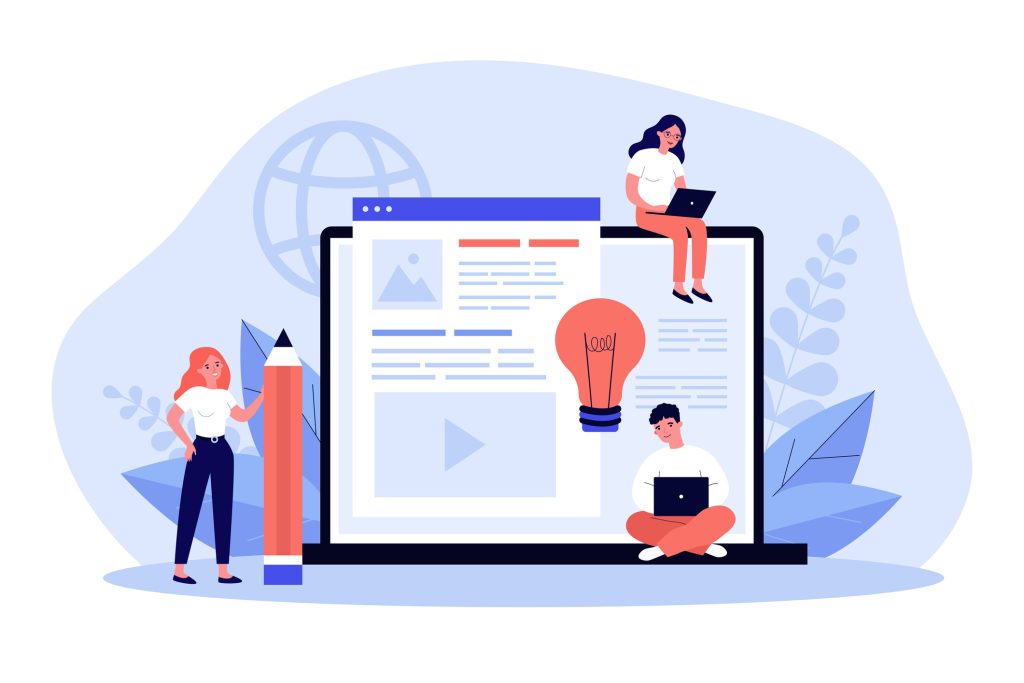K-12 educators are rapidly embracing the use of technology in the classroom to support teaching and learning. But, EdTech is only as good as its content. Structured, high-quality content is needed to develop rich, engaging curriculum to address student needs. Here are four keys to creating high-quality curriculum, including authentic content for today’s K-12 learning environments.
- Quality, Vetted Content is Vital. EdTech developers have many options in choosing content. But, to reach all students, developers should seek diverse, authentic content from trusted sources. Excerpts of diverse, high-quality, current content from a wide range of publishers can provide the depth and breadth to improve curricula offerings.
- Diversity, Equity, and Inclusion Should Be at the Core of Curriculum. Educators desire to provide students with diverse, equitable and inclusive learning materials that align with the abilities, backgrounds and interests of their students. As a consequence, instructional needs vary by school district and the communities and the populations they serve. Student engagement increases when content is relevant to their lives. Consequently, personalized curriculum demands access to a substantial number of core and supplemental texts in a variety of subjects, genres, reading and interest levels. Often, school districts purchase curriculum materials from large providers that serve communities throughout the United States. These curricula might address 80% of the core needs of the district’s students, but the district might wish to create supplemental materials based on texts addressing local experiences and concerns.
- Structure with Standards, Scope and Sequence. Content may be random, but quality curriculum is certainly not. Curriculum should be aligned to current academic standards, have a scope of topics to be studied, and a clear sequence of the order in which topics will be introduced.
- Streamline the Permissions Process. EdTech developers seek engaging content to support learning. But, when the content is copyright protected, there are challenges to using and sharing it. Developers often encounter difficulties and delays in securing copyright permissions to reuse authentic content such as chapters, excerpts, and passages. Obtaining permissions on an individual basis is administratively difficult, time-consuming, and often expensive.
To address these challenges, CCC (Copyright Clearance Center) has developed the Annual Copyright License for Curriculum & Instruction. The license adds value to EdTech products and services by offering a large repertory of rights for companies to easily use pre-permissioned selections of content to support personalized instruction. For more information, visit here.





